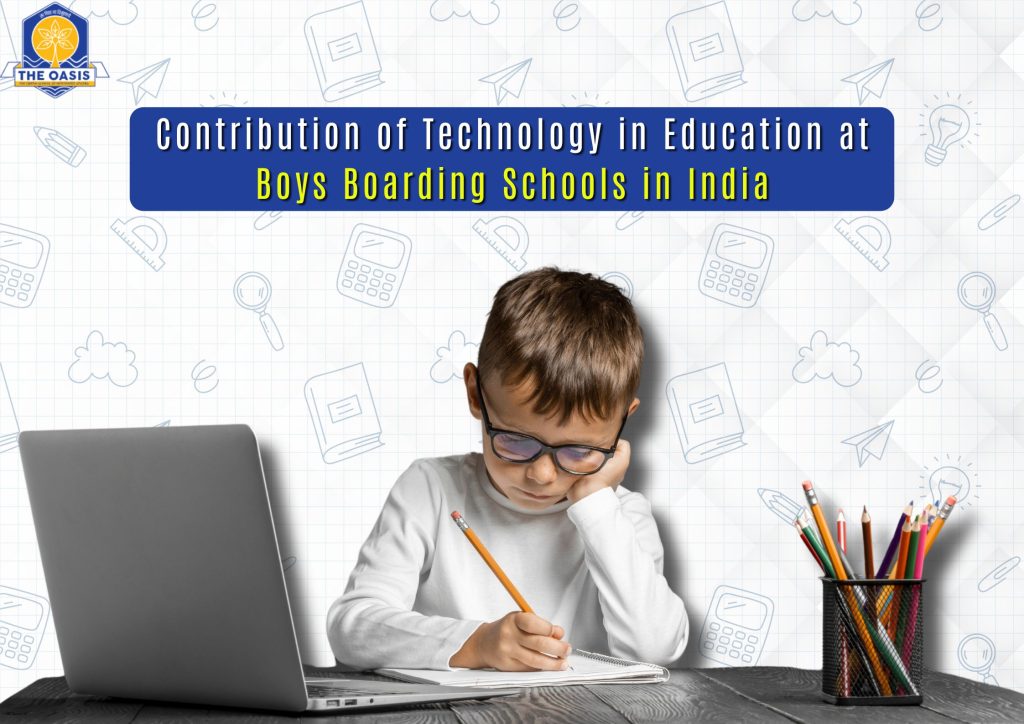
In today’s fast-paced world, the contribution of technology in education has transformed the way learning takes place, especially in boys boarding schools in India.
These institutions are leveraging modern tools to enhance academic delivery, extracurricular engagement, and holistic student development. Let’s explore how technology is reshaping education in these schools.
The Contribution of Technology in Education is :
1. Interactive Learning Environments

Gone are the days of traditional chalk-and-talk teaching methods. Technology has introduced smart classrooms equipped with interactive boards and audiovisual tools.
These innovations enable:
- Visual and engaging presentations to clarify complex concepts.
- Access to online resources, videos, and tutorials that enhance understanding.
- Collaboration between students and teachers through digital platforms.
The integration of technology ensures that students not only grasp academic subjects but also develop critical thinking skills.
2. Personalized Education Through Technology
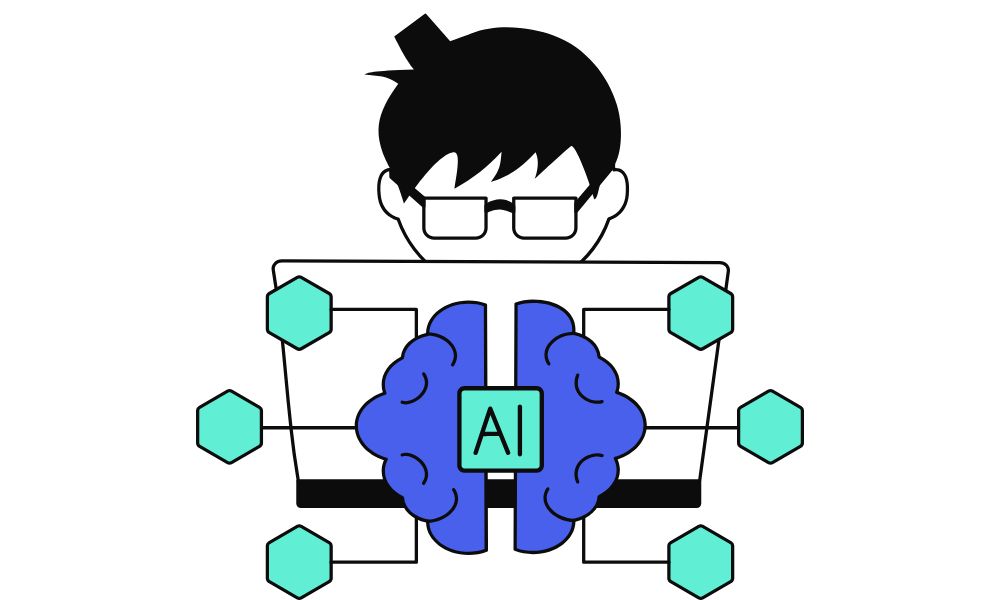
Every student learns differently, and technology enables personalized learning experiences by:
- Using adaptive learning software that tailors content to a student’s pace.
- Offering access to online resources and modules for advanced or remedial learning.
- Tracking individual progress and providing insights for improvement.
With these tools, students can take control of their learning journeys, leading to better academic outcomes.
3. Global Exposure and Collaboration

Through the contribution of technology in education, boys boarding schools in India connect students with the global community. Virtual exchange programs, webinars, and international projects help students:
- Collaborate with peers from other countries.
- Gain exposure to diverse cultures and ideas.
- Develop a global perspective, preparing them for international opportunities.
4. Enhanced Teacher-Student Interaction
 Technology bridges communication gaps between teachers and students.
With online platforms and apps, schools can:
Technology bridges communication gaps between teachers and students.
With online platforms and apps, schools can:
- Offer round-the-clock access to course materials and lecture notes.
- Enable real-time query resolution through chat or video conferencing.
- Provide timely feedback on assignments and projects, enhancing learning outcomes.
5. Improved Extracurricular Engagement
 Technology is not limited to academics—it plays a significant role in extracurricular activities too.
Some contributions include:
Technology is not limited to academics—it plays a significant role in extracurricular activities too.
Some contributions include:
- Online platforms for organizing debates, quizzes, and art competitions.
- Virtual sports analysis tools to enhance athletic performance.
- Apps and tools for honing creative skills like music production and digital art.
6. Robust Assessment and Evaluation Systems
 Technology has revolutionized assessment methods in boys boarding schools.
Features include:
Technology has revolutionized assessment methods in boys boarding schools.
Features include:
- Online quizzes and exams for instant evaluation.
- AI-driven tools that analyze student performance trends.
- Digital platforms that help teachers design custom tests aligned with curriculum standards.
7. Focus on Safety and Security
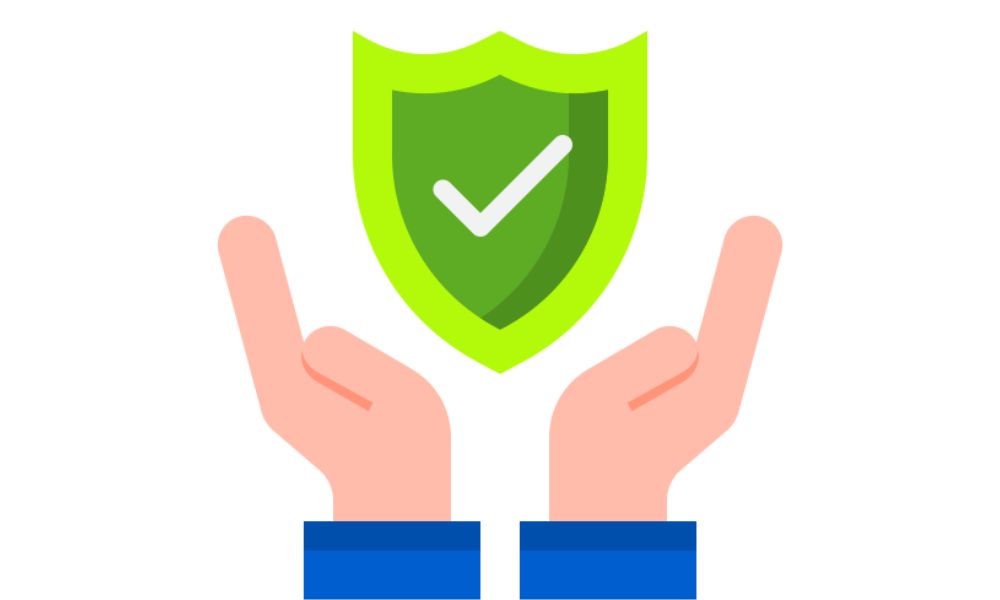 The contribution of technology in education extends beyond classrooms. In boys boarding schools in India, technology ensures student safety and well-being through:
The contribution of technology in education extends beyond classrooms. In boys boarding schools in India, technology ensures student safety and well-being through:
- Campus-wide CCTV surveillance.
- Biometric attendance systems.
- Digital communication tools for immediate parent-teacher updates.
8. Developing Digital Literacy and Career Readiness
 Preparing students for the future is a priority.
Technology fosters digital literacy by:
Preparing students for the future is a priority.
Technology fosters digital literacy by:
- Teaching coding, data analysis, and app development from an early age.
- Providing platforms for career counseling and aptitude assessments.
- Introducing students to tools they will use in professional environments, ensuring career readiness.

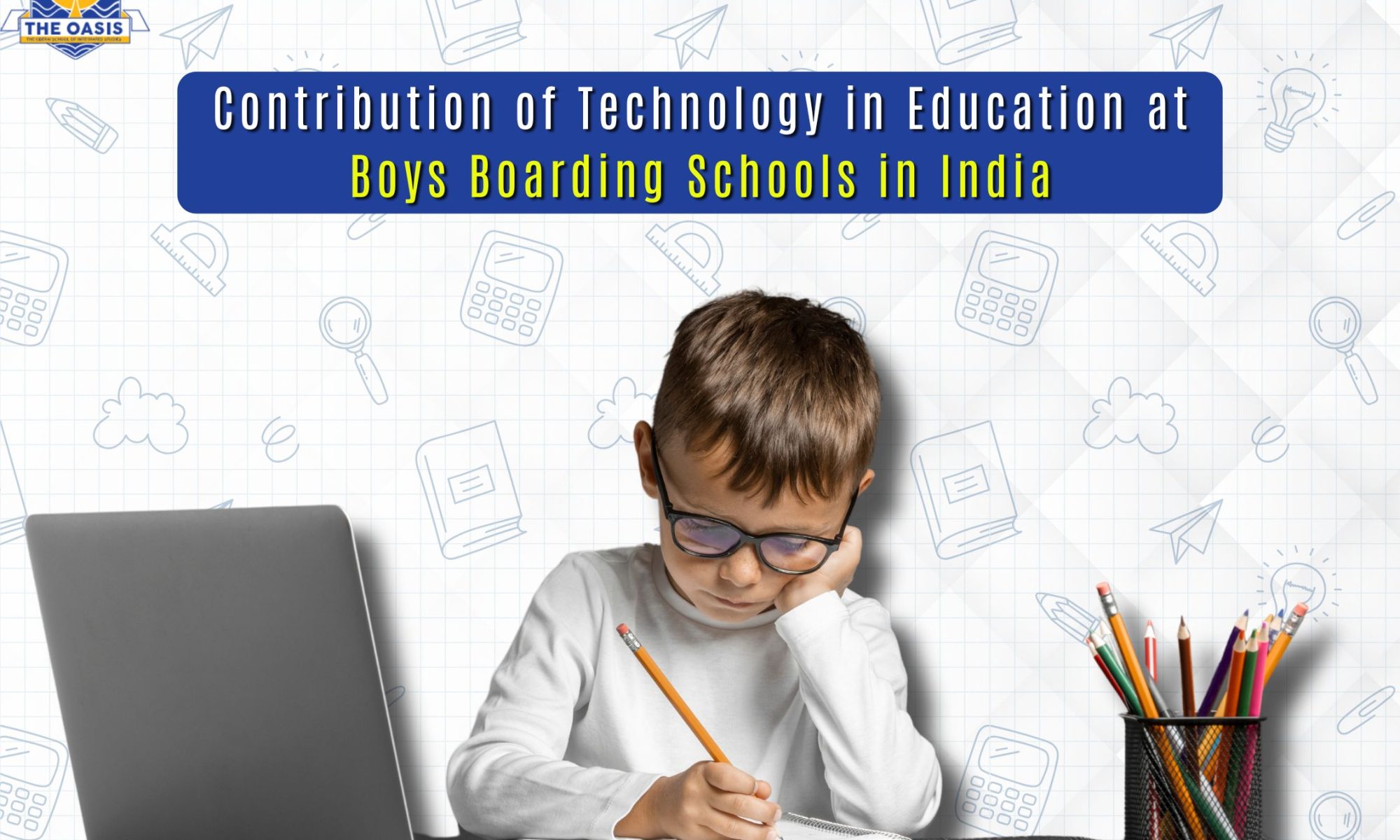



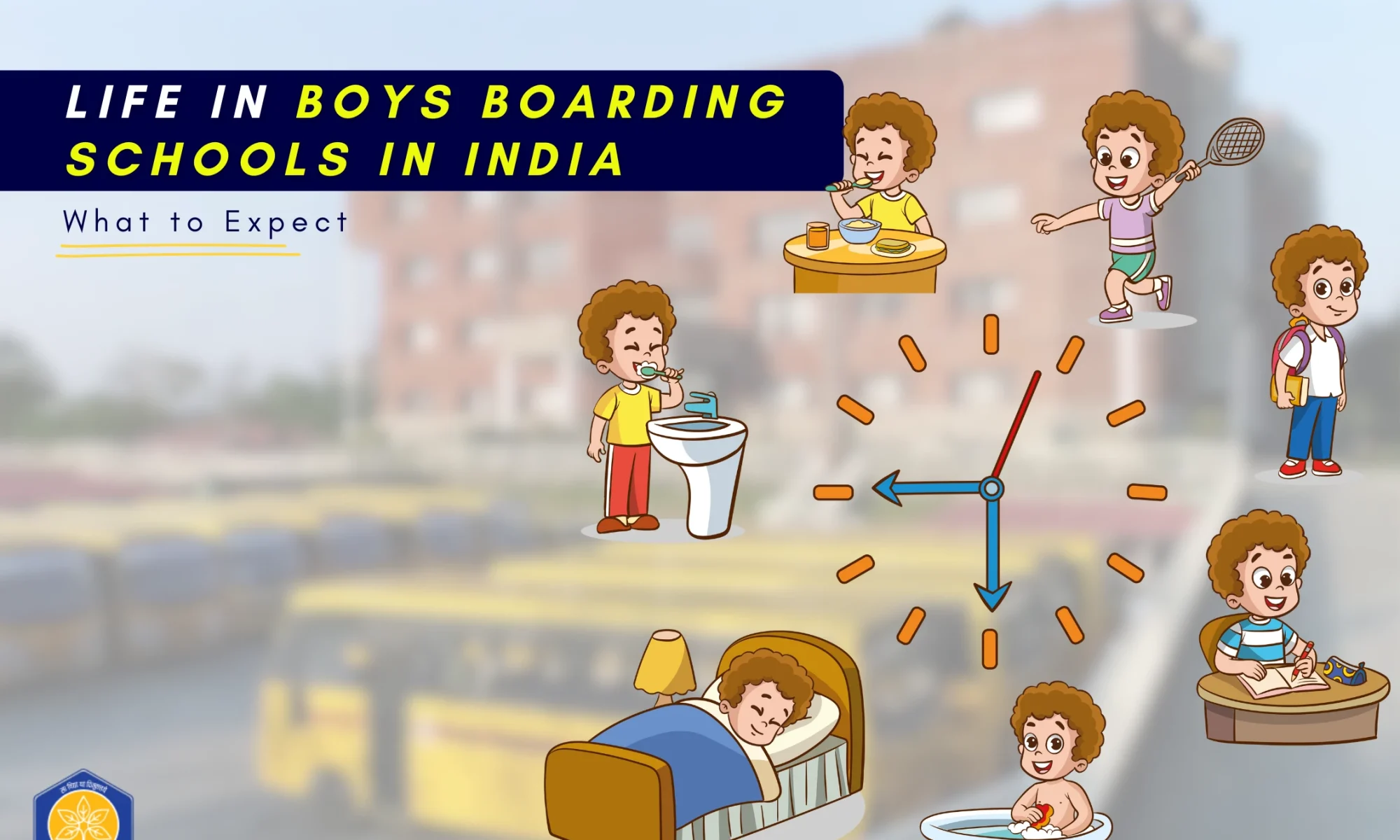
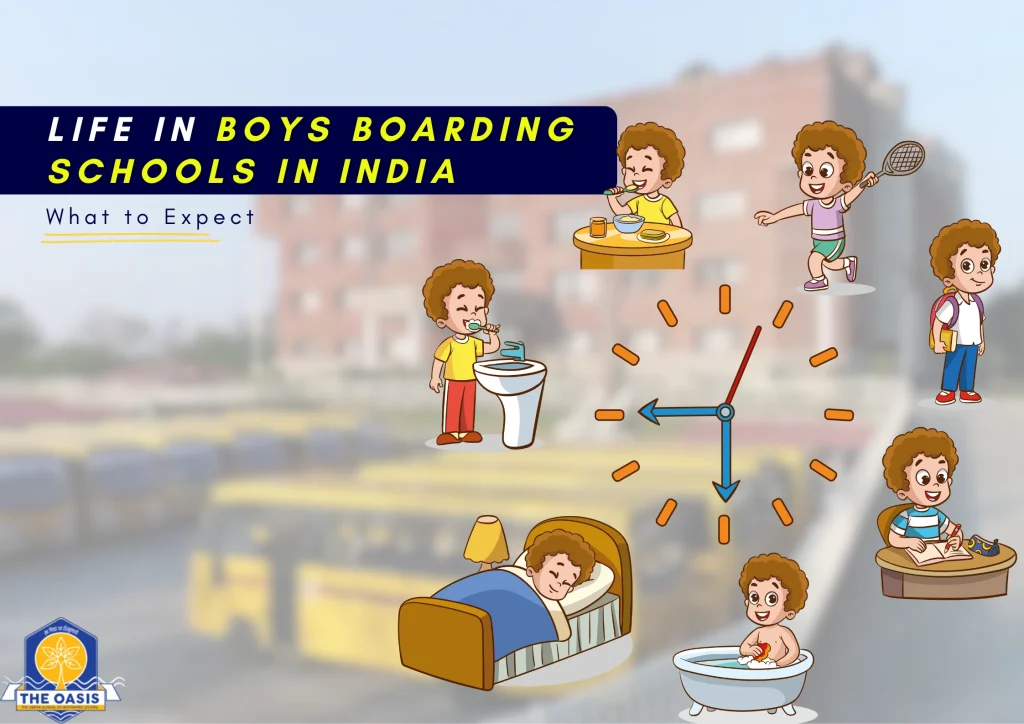
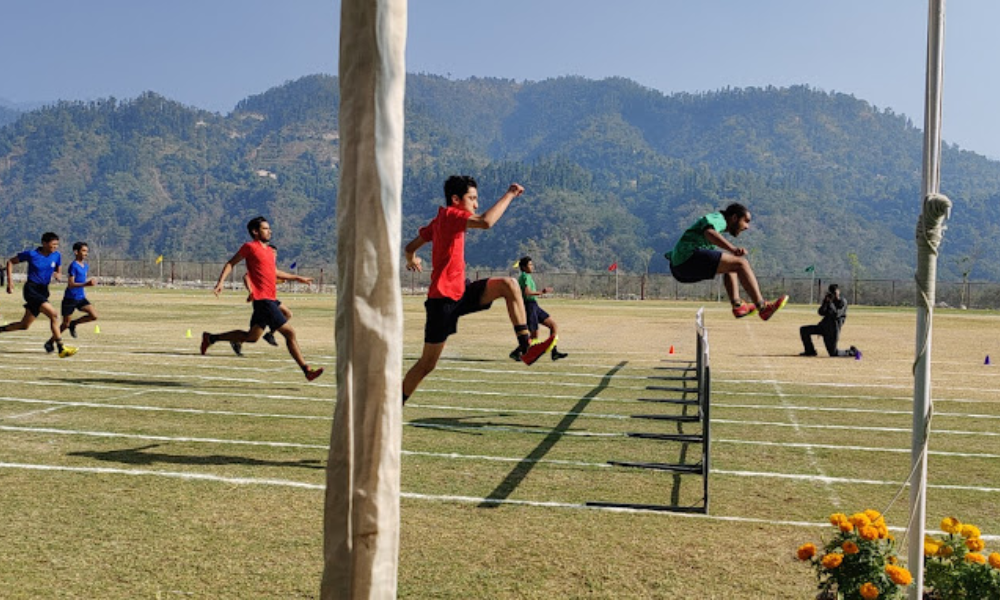

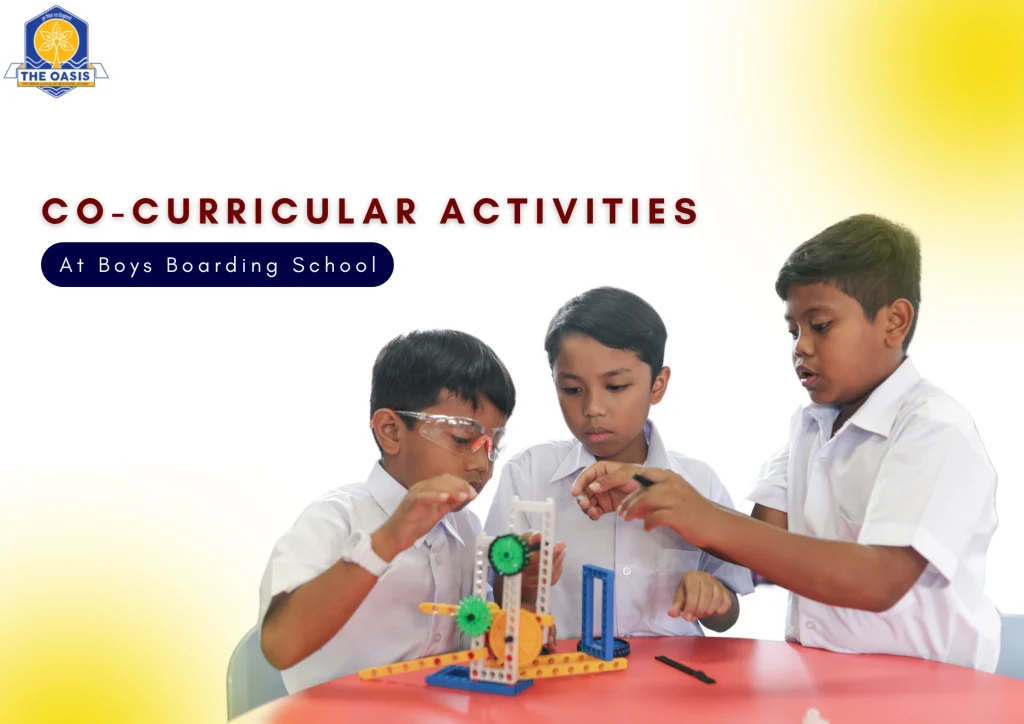

 The Oasis offers an exceptional variety of co curricular activities tailored to the diverse interests and talents of its students. Here are some highlights:
The Oasis offers an exceptional variety of co curricular activities tailored to the diverse interests and talents of its students. Here are some highlights:
 The Oasis boasts state-of-the-art infrastructure seamlessly integrated with its serene natural surroundings. Dormitories are well-equipped to ensure comfort and focus, while recreational areas provide the perfect backdrop for relaxation and creative pursuits.
The Oasis boasts state-of-the-art infrastructure seamlessly integrated with its serene natural surroundings. Dormitories are well-equipped to ensure comfort and focus, while recreational areas provide the perfect backdrop for relaxation and creative pursuits.
 Regular excursions to the Mussoorie hills and nearby attractions offer students a chance to step out of their comfort zones. These trips are designed to blend learning with adventure, fostering adaptability and curiosity.
Regular excursions to the Mussoorie hills and nearby attractions offer students a chance to step out of their comfort zones. These trips are designed to blend learning with adventure, fostering adaptability and curiosity.






 The benefits of boarding school extend to creating an enriching, balanced, and secure environment for boys to grow academically, emotionally, and socially. Boarding schools provide boys with the foundation to become confident, capable, and compassionate individuals ready to take on the world.
By choosing a boarding school, parents invest in their child’s holistic development and future success.
The benefits of boarding school extend to creating an enriching, balanced, and secure environment for boys to grow academically, emotionally, and socially. Boarding schools provide boys with the foundation to become confident, capable, and compassionate individuals ready to take on the world.
By choosing a boarding school, parents invest in their child’s holistic development and future success.


